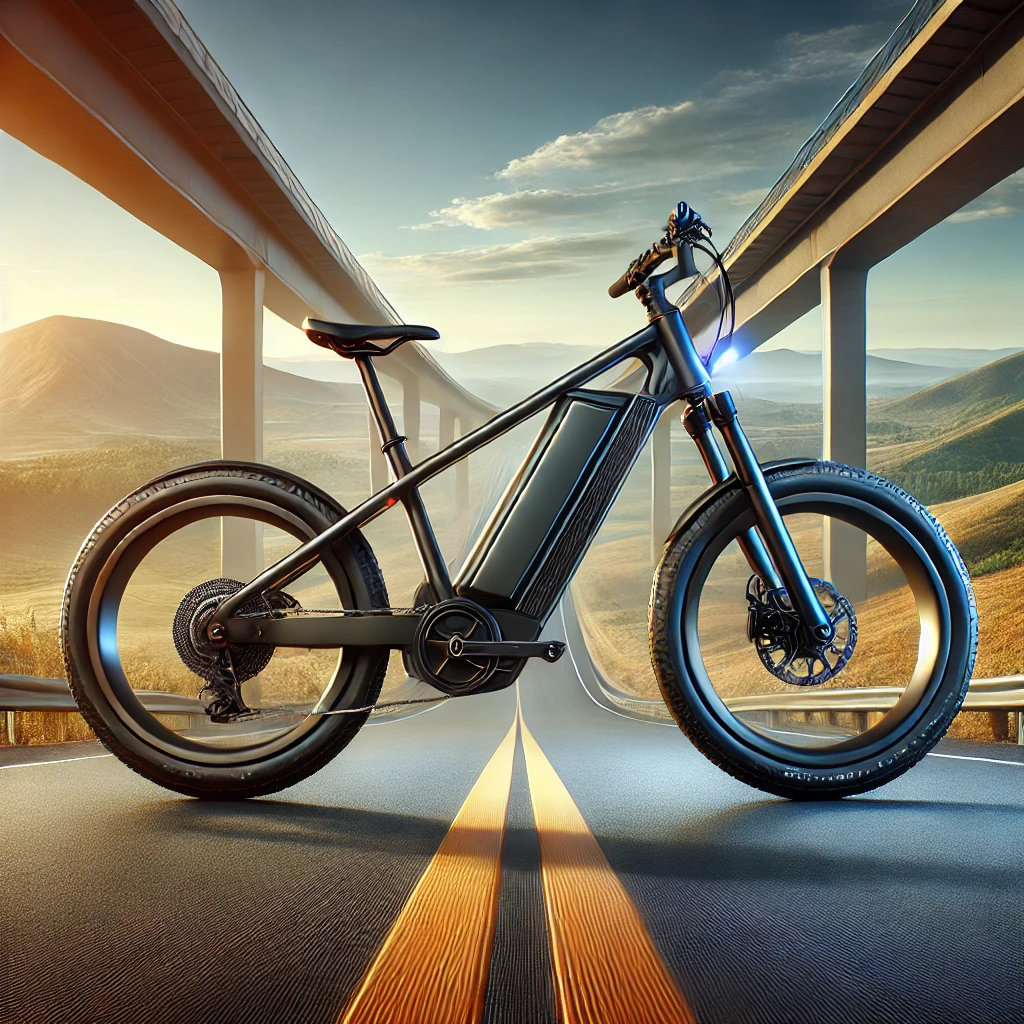Introduction
As electric bikes continue to grow in popularity, one of the most frequently sought-after features is range. For commuters, adventurers, or anyone looking to ride farther without frequent recharges, a long-range ebike is an ideal choice. But what defines a long-range ebike, and what should you look for when choosing one? In this guide, we’ll explore everything you need to know about long-range ebikes, including the top models, essential features, and tips for maximizing your ebike’s battery life.
What is a Long-Range Ebike?
A long-range ebike is typically an electric bicycle with a battery capacity and motor efficiency designed to cover extended distances on a single charge. While the exact range can vary by model, a long-range ebike generally promises over 50 miles (80 km) per charge, with some advanced models exceeding 100 miles (160 km) under optimal conditions.
Why Choose a Long-Range Ebike?
Long-range ebikes are perfect for:
- Extended Commutes: Ideal for riders with longer commutes who want to replace car travel with eco-friendly biking.
- Touring and Adventure: Great for those who enjoy exploring different terrains and covering substantial distances.
- Errands and Leisure: Ensures multiple trips around town without constantly recharging the battery.
Key Factors to Consider When Buying a Long-Range Ebike
- Battery Capacity: Look for batteries with higher watt-hour (Wh) ratings. Batteries between 500Wh and 1,000Wh are common in long-range models.
- Motor Efficiency: Mid-drive motors often provide a better range than hub motors because they work more efficiently on variable terrains.
- Weight: A lighter ebike frame improves overall efficiency and contributes to a longer range.
- Battery Placement: Integrated batteries often provide better weight distribution and are more aesthetically pleasing.
- Pedal Assistance Levels: Adjustable pedal assist settings help in managing power consumption and extend the battery’s range.
Top Long-Range Ebikes on the Market (2024)
To help you narrow down your choices, here’s a comparison of some of the best long-range ebikes available in 2024.
| Model | Range | Battery Capacity | Motor Power | Weight | Price |
|---|---|---|---|---|---|
| RadRover 6 Plus | 45-80 miles | 750Wh | 750W | 72 lbs | $1,999 |
| Aventon Level | 40-60 miles | 500Wh | 500W | 62 lbs | $1,799 |
| Specialized Turbo Vado | 90 miles | 710Wh | 250W (mid-drive) | 54 lbs | $3,999 |
| Juiced HyperScrambler 2 | 100+ miles | 1,000Wh | 1,000W | 119 lbs | $2,499 |
| Trek Allant+ 9.9S | 70 miles | 625Wh | 250W (mid-drive) | 51 lbs | $6,000 |
| Riese & Müller Supercharger | 100+ miles | 1,125Wh | 250W (mid-drive) | 70 lbs | $7,500 |
Maximizing the Range of Your Ebike
Long-range ebikes come with great potential, but several factors can still influence your bike’s range:
- Use Lower Assist Levels: Reduce the assistance level on flat terrains and for gentle rides to save battery.
- Keep Your Tires Properly Inflated: Proper tire pressure reduces rolling resistance, contributing to a longer range.
- Optimize Speed: Riding at moderate speeds extends battery life compared to riding at full throttle.
- Choose Eco Mode When Possible: Many ebikes have an eco-mode or economy setting designed to extend range by reducing power consumption.
- Minimize Stops and Starts: Frequent stopping and acceleration consume more power, so try to maintain a steady speed when possible.
How to Charge and Care for Your Ebike Battery
Proper care and charging practices significantly impact the battery’s lifespan and performance.
- Avoid Extreme Temperatures: Store and charge the battery at moderate temperatures (40-80°F or 5-27°C).
- Partial Charging: It’s often better to keep the battery charge between 20-80% rather than charging it to 100% every time.
- Regular Maintenance: Follow manufacturer guidelines for battery maintenance, including routine checks and software updates if applicable.
Top Accessories for Long-Range Ebiking
- Extra Battery Pack: Carry a backup battery for even longer rides.
- Phone Mount and GPS: Navigate safely with a phone mount that keeps your GPS handy.
- Panniers and Saddlebags: Great for carrying extra gear or shopping.
- Helmet with Built-in Lights: Increase visibility during low-light conditions.
- Portable Charger: Some models allow for on-the-go charging if you can stop at an electric outlet.
Conclusion
Long-range ebikes offer a perfect solution for anyone seeking to go farther, reduce car usage, and explore new routes. With their powerful motors, efficient batteries, and thoughtful designs, these bikes are revolutionizing how people travel, commute, and explore. Whether you’re after a high-end model with all the bells and whistles or a more budget-friendly option that still covers substantial distances, there’s a long-range ebike to meet your needs.










